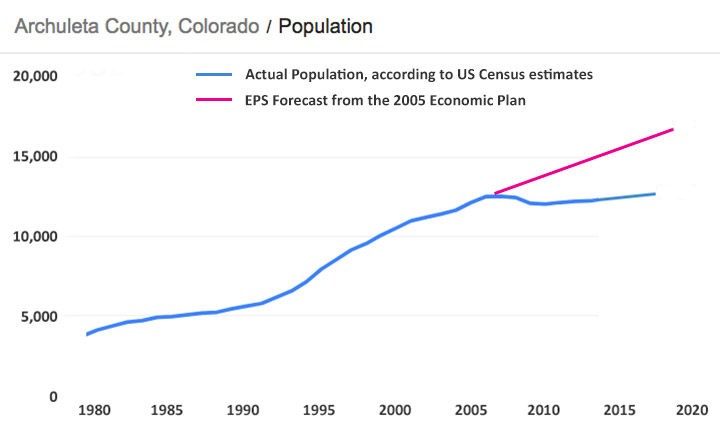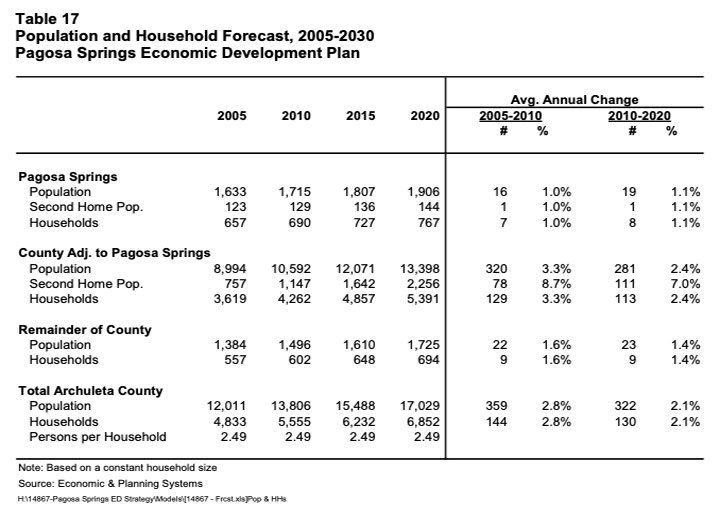I shared a short quote from a booklet, back in Part One.
Rural America is in trouble. Despite significant population — roughly one-fourth of the US population — rural America is seriously lagging behind urban America in personal income, health, and education. Although remoteness and lack of scale are often tagged as the culprits in rural stagnation, it is not clear how serious these economic disadvantages really are.
If rural people are to have any hope of achieving a level of living approximating that of their urban neighbors, local leaders must become very adept at identifying the most effective strategies for community development.
Thus, the booklet — Designing Development Strategies in Small Towns by Glen Pulver and David Dodson, published by the Aspen Institute in 1992 — began with a simple but powerful postulate: that Rural America was in serious trouble, as the nation began its third century of political existence.
We were lagging. We were remote. We were disadvantaged.
The authors, David Dodson and Glen Pulver, had good reasons for concern in 1992. Rural America was still trying to subsist on local agricultural economies — farming, ranching, logging — and frankly, there wasn’t much money in those professions in 1992. Lack of money meant modest homes, poorly maintained perhaps, and bad roads, and mediocre schools, and an absence of health care facilities.
Rural America was also known for conservative social and political values. Another ‘disadvantage.’
In 1992, author David Dodson had just joined a North Carolina organization called MDC, Inc. — formerly known as the Manpower Development Corporation. A few years later, he would become president of the company. From the MDC website:
Since joining MDC in 1987, David has directed major projects to increase student success in public schools and community colleges, address regional economic decline, strengthen community philanthropy, and build multiracial leadership across the South and the nation.
As president of MDC since 1999, he frequently speaks around the country on the imperative of advancing equity and opportunity for low-wealth and marginalized communities and has advised major philanthropic foundations on strategies to address poverty and reduce social disparities, based on the premise that “society benefits when everyone succeeds.”
David received his bachelor’s degree in architecture and urban policy from Yale University, a master’s degree in ethics and theology from Yale Divinity School, and a master’s degree in public and private management from the Yale School of Organization and Management.
If we’d been so inclined, we could easily have classified Pagosa Springs as a ‘low-wealth and marginalized community’ in 1992. The sawmills — our major agricultural/industrial employers for half a century — had closed down, and the community had been limping along on a very different economic model: tourism and retirement home construction.
But our community leadership had faith in a brighter future. If we could attract more tourists and more retirees, and thereby bring more money into the economy, we might pull ourselves out of rural poverty. We might have better schools, better health care facilities, better roads, better government.
This was 1992. Because of our rural nature, and low incomes, we had lots of cheap vacant land with beautiful views. A lovely, affordable place to visit (compared to, say, Aspen or Vail.) A lovely place to build a second home (if one had been working in Corporate America and had the money to do such a thing.) A lovely place to retire.
Urban America was doing pretty well in 1992, if you didn’t look too closely at the rate of violent crime and the growing homelessness. But how about a quiet, small town with a lot of churches, instead? Many retirement-age couples were asking themselves that question in 1992.
For so many reasons, the population growth in Archuleta County was pretty fabulous between 1992 and 2005. Percentage-wise, that is.
We never became a ‘big city,’ however. We didn’t become ‘urban.’ We didn’t even get as big as the economic experts told us we’d get.
But we did become relatively unaffordable. I would propose that the trends were largely unrelated to the ‘economic growth plans’ developed by our local leaders, although some leaders did take credit for the population growth between 1992 and 2005.
Here’s a population forecast for Archuleta County made by an expert team from Denver-based Economic & Planning Systems (EPS) back in 2005, broken down into the growth within the Town limits… the growth within the parts of the county adjacent to the Town limits… the growth within the more remote county areas… and of course, the total growth:
If we were to compare the forecast made by EPS in 2005 against the actual growth we experienced, the graph might look something like this:

The blue line is the actual estimate of the population, according to the U.S. Census. The pink line is the forecast by EPS, for which the Town government and the Community Vision Council paid a pretty penny in 2005. The forecast was built upon the general concept that things tend to move in a straight line. But they don’t. The future arrives in fits and starts.
We had seen a lot of population growth between 1990 and 2005. Our community leaders wanted that growth to continue, and they hoped EPS would explain how to keep Pagosa growing and growing.
We didn’t want to be stagnant, or lacking, or disadvantaged. We wanted to have our cake and eat it too.
When EPS produced the 2005 Economic Plan for the Town government, they summarized on actions that a municipal government could take to influence the future, to help drive our community towards the best possible outcome — more people, more jobs, more of everything. A key concern among our Town leadership, in 2005, was the arrival of Walmart. Was it coming, or not? Would it damage the economic landscape, or would it make the community into a thriving economic wonderland?
In 2017, our concern is no longer about Walmart. Walmart has arrived, and we’ve watched the gradual decline of the “mom and pop” retail sector. We’ve seen downtown Pagosa slowly fill with thrift shops and second-hand stores and pawn shops and tourist-oriented gift shops — selling items that you cannot purchase at Walmart. We’ve watched working class families struggle to find housing they can afford. We’ve watched the median age in Archuleta County shift from 37 years old, to 50 years old.
The trends didn’t play out the way our leaders and experts thought they would. And I guess we all knew, deep inside, that they wouldn’t. Things never go exactly the way we expect them to go.
Maybe because we’re looking at the wrong numbers?

